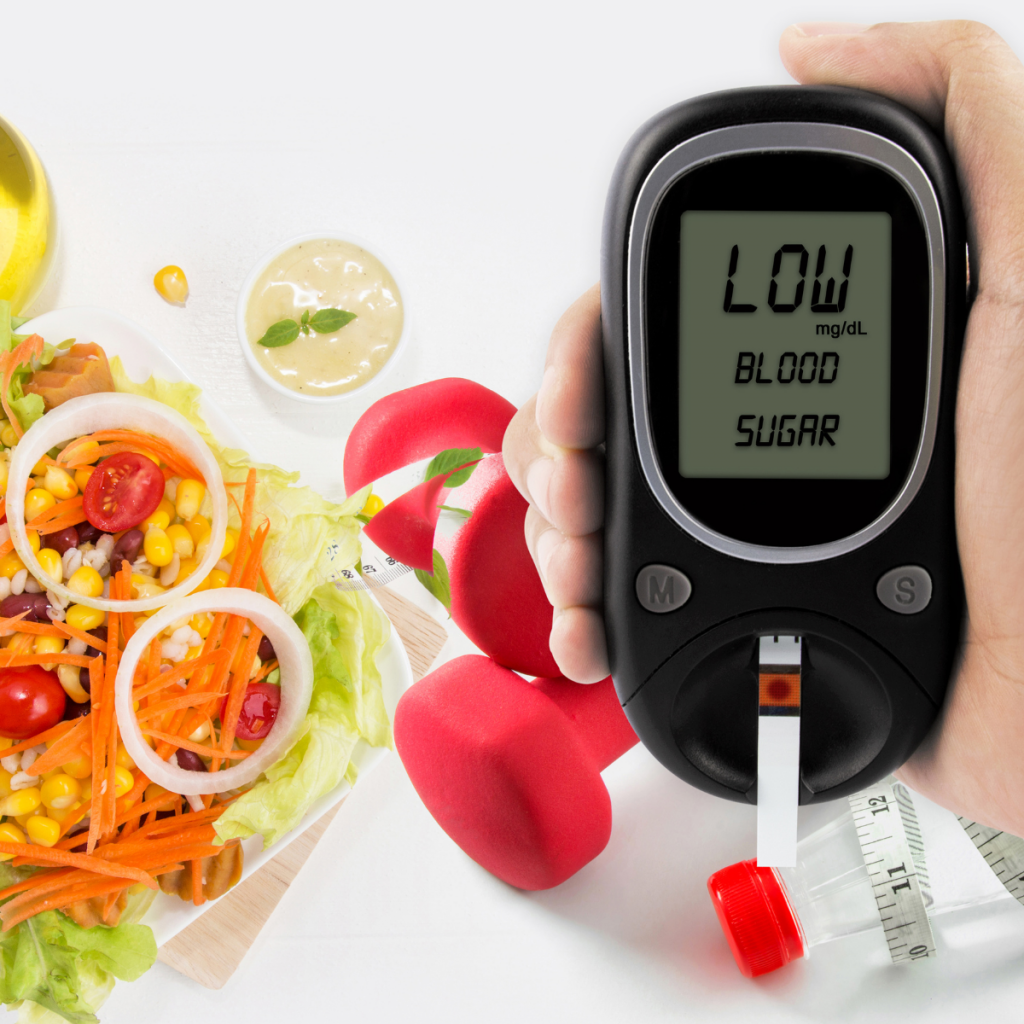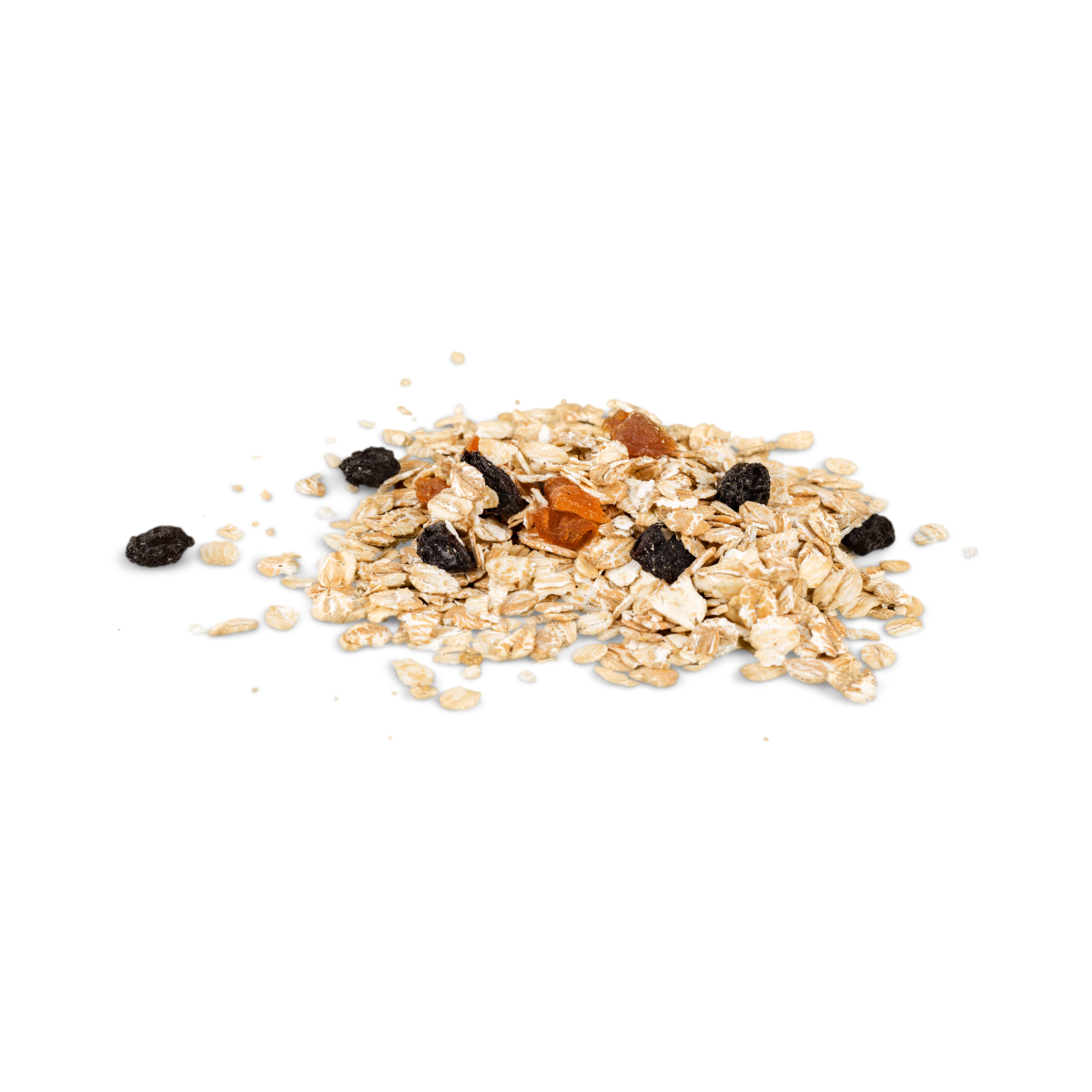Maintaining healthy blood sugar levels is crucial for individuals with diabetes. While medication and regular exercise are essential, a balanced diet plays a pivotal role in diabetes management. Certain foods can stabilize blood sugar, improve insulin sensitivity, and reduce the risk of complications. This guide introduces 10 powerful foods that help control diabetes and how to incorporate them into a diabetic-friendly diet.
Why Food Choices Matter in Diabetes
The right diet can significantly impact blood sugar levels and overall health. Here’s why:
- Blood Sugar Stabilization: Some foods cause gradual glucose release, preventing spikes.
- Insulin Efficiency: Nutrient-rich foods enhance insulin function.
- Long-term Health: A healthy diet reduces the risk of diabetes complications like heart disease or neuropathy.
10 Foods to Help Control Diabetes
1. Leafy Greens
Low in calories and carbs, leafy greens like spinach, kale, and collard greens are packed with nutrients, including magnesium and vitamin C. These nutrients are essential for managing blood sugar levels.
- How to Use: Add them to salads, soups, or smoothies for a nutritious boost.
2. Whole Grains
Whole grains such as quinoa, oats, and brown rice have a low glycemic index, releasing glucose slowly into the bloodstream.
- Benefits: High fiber content improves digestion and prevents sudden sugar spikes.
- How to Use: Swap white rice and bread with whole-grain alternatives.
3. Fatty Fish
Rich in omega-3 fatty acids, fatty fish like salmon, mackerel, and sardines reduce inflammation and improve heart health—a common concern for diabetics.

- How to Use: Grill or bake fish twice a week for optimal benefits.
4. Berries
Strawberries, blueberries, and raspberries are low in sugar but high in antioxidants. These antioxidants help reduce oxidative stress, which can exacerbate diabetes complications.
- How to Use: Enjoy them as snacks, in yogurt, or as a dessert alternative.
5. Nuts and Seeds
Almonds, walnuts, chia seeds, and flaxseeds provide healthy fats, protein, and fiber, helping regulate blood sugar levels.
- Benefits: They also reduce hunger, preventing overeating.
- How to Use: Sprinkle seeds on oatmeal or yogurt and snack on a handful of nuts.
6. Legumes
Beans, lentils, and chickpeas are excellent plant-based protein sources with a low glycemic index.
- How to Use: Add them to soups, stews, or salads for a filling, nutritious meal.
7. Avocado
Rich in healthy fats, avocados improve insulin sensitivity and reduce inflammation.
- Benefits: Their fiber content promotes fullness, making them ideal for weight management.
- How to Use: Use them in sandwiches, salads, or as a spread on whole-grain bread.
8. Citrus Fruits
Oranges, lemons, and grapefruits are low in glycemic index but high in vitamin C, which boosts immunity and regulates blood sugar.
- How to Use: Eat them as snacks or add lemon juice to your water for a refreshing twist.
9. Sweet Potatoes
A better alternative to regular potatoes, sweet potatoes have a lower glycemic index and are rich in fiber and vitamins.

- How to Use: Bake or roast them for a delicious side dish.
10. Greek Yogurt
Greek yogurt is high in protein and probiotics, which support gut health and improve blood sugar control.
- How to Use: Choose unsweetened versions and top with berries or nuts for a wholesome snack.
How to Build a Diabetes-Friendly Meal Plan
Incorporating these foods into your daily diet requires strategic planning. Here are some tips:

1. Balance Macronutrients
- Combine carbohydrates, proteins, and healthy fats in each meal to stabilize blood sugar.
- Example: Pair whole-grain toast with avocado and a boiled egg.
2. Monitor Portion Sizes
- Overeating, even healthy foods, can lead to blood sugar spikes. Use a plate method: half vegetables, a quarter protein, and a quarter whole grains.
3. Snack Smart
- Opt for small, nutrient-rich snacks like a handful of nuts or Greek yogurt with berries.
4. Stay Hydrated
- Drink plenty of water throughout the day. Avoid sugary drinks, which can spike glucose levels.
5. Plan Ahead
- Prepare meals in advance to ensure you always have healthy options available.
Causes of Poor Diet Choices in Diabetics
Many individuals with diabetes struggle to maintain a healthy diet due to:
- Lack of Awareness: Misunderstanding which foods are beneficial.
- Convenience: Relying on processed, quick meals.
- Cravings: Struggling with sugar cravings due to poor blood sugar regulation.
Solutions to Overcome Poor Diet Choices
- Education: Learn about the glycemic index and how different foods affect blood sugar.
- Healthy Substitutes: Replace unhealthy cravings with diabetic-friendly options like dark chocolate or fruit.
- Meal Prep: Spend a day preparing healthy meals and snacks for the week.
Benefits of a Healthy Diet for Diabetics
Adopting a nutritious diet rich in the foods mentioned above can lead to:
- Better Blood Sugar Control: Fewer spikes and improved insulin efficiency.
- Weight Management: A balanced diet prevents excessive weight gain.
- Reduced Complications: A lower risk of heart disease, neuropathy, and kidney problems.
- Improved Energy Levels: Stable blood sugar reduces fatigue and enhances daily productivity.
Common Myths About Diabetes and Diet
- Myth 1: Diabetics should avoid all carbs.
- Fact: Focus on complex carbs like whole grains and legumes instead of cutting carbs entirely.
- Myth 2: Fruits are bad for diabetics.
- Fact: Low-sugar fruits like berries and citrus are excellent choices.
- Myth 3: Fat is harmful.
- Fact: Healthy fats, like those in avocados and nuts, improve insulin sensitivity.
Incorporating Exercise for Better Results
Combining a healthy diet with regular physical activity amplifies benefits:

- Enhanced Glucose Uptake: Exercise helps muscles use glucose more efficiently.
- Weight Loss: Physical activity complements dietary changes in managing weight.
- Improved Heart Health: Regular exercise reduces the risk of cardiovascular complications.
Conclusion
Managing diabetes doesn’t mean giving up on flavorful, enjoyable meals. Incorporating these 10 foods into your diet can help stabilize blood sugar, improve overall health, and reduce the risk of complications. By planning meals carefully, educating yourself about healthy choices, and combining diet with exercise, you can lead a fulfilling and healthy life with diabetes.
Start your journey to better health today by adding these superfoods to your grocery list and sharing this guide with others who may benefit from these tips. Let’s make diabetes management simpler and more effective together!

Leave a Reply